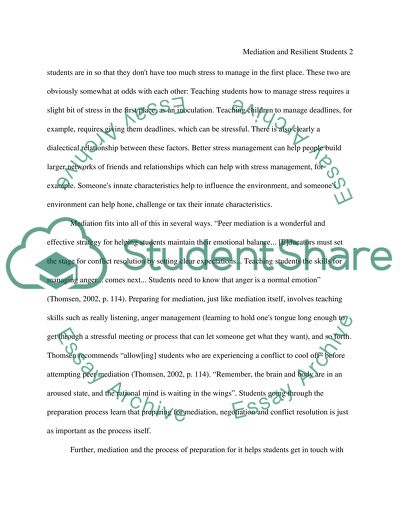Cite this document
(“Building Resilient Students and Mediation Term Paper”, n.d.)
Retrieved from https://studentshare.org/environmental-studies/1406244-building-resilient-students-and-mediation
Retrieved from https://studentshare.org/environmental-studies/1406244-building-resilient-students-and-mediation
(Building Resilient Students and Mediation Term Paper)
https://studentshare.org/environmental-studies/1406244-building-resilient-students-and-mediation.
https://studentshare.org/environmental-studies/1406244-building-resilient-students-and-mediation.
“Building Resilient Students and Mediation Term Paper”, n.d. https://studentshare.org/environmental-studies/1406244-building-resilient-students-and-mediation.


